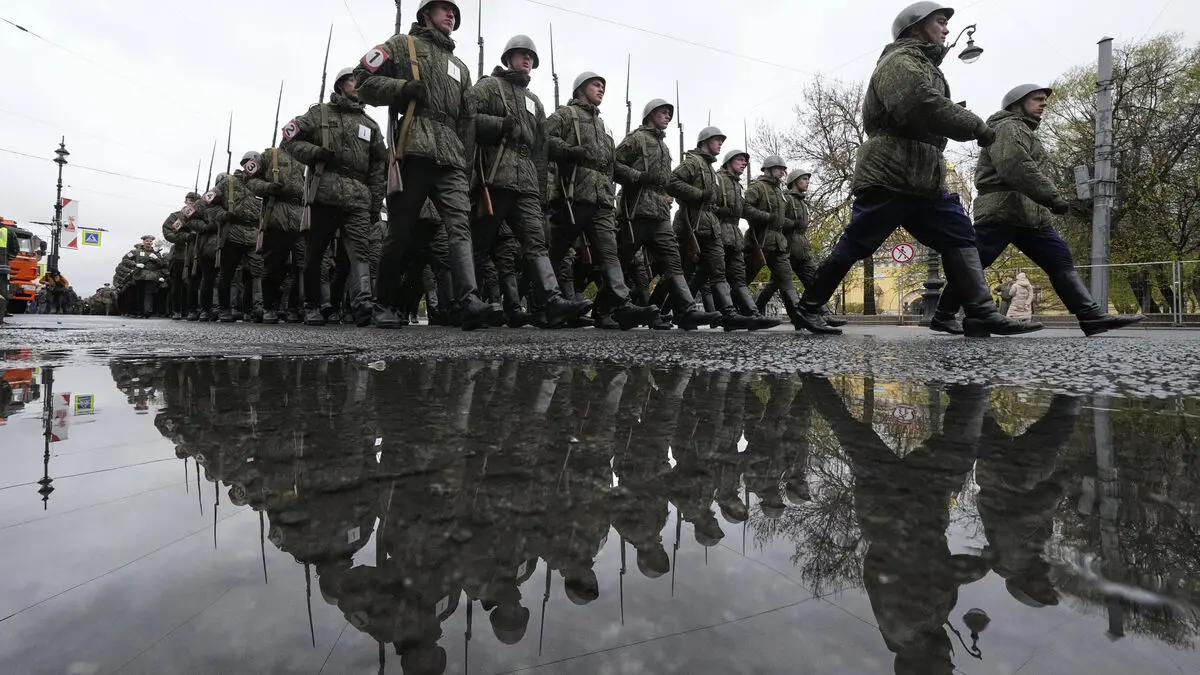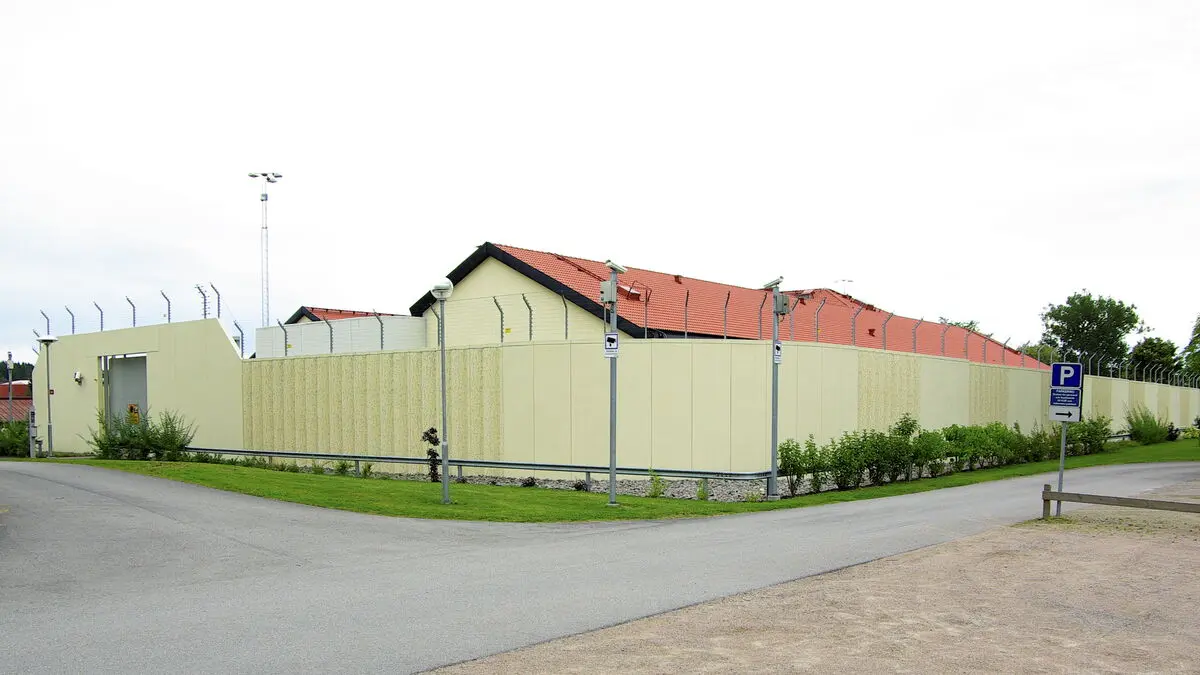A park with 20 wind turbines that produce electricity for 30 years would generate revenue of 150 million kronor, according to the Social Democrats' calculations.
The money will be paid by the wind power company through a fee and will be placed in a fund decided by the municipality in question.
It could be used for general purposes in the area affected by the wind power expansion, says Fredrik Olovsson, the Social Democrats' business policy spokesperson.
The model for financing comes from the hydroelectric power side, where a similar system exists today.
Residents Negative
How do companies view paying a fee?
It's clear that if the alternative is to get a permit and not pay, then they will naturally choose that. But it's important that the area gets support to develop its business, while we all get cheaper electricity and the exploiters can also make money, says Olovsson.
One important reason why many municipalities say no to wind power parks is that residents are negative. An investigation proposed last year that nearby residents of wind power should receive compensation. Such a proposal is not presented by the Social Democrats.
The investigation concludes that despite cash compensation to nearby residents, there will be no new permits. We're trying to fix that flaw by ensuring that there is a municipal revenue, says Olovsson.
"Destructive View"
The Social Democrats have repeatedly criticized the government for not doing enough for wind power.
The government came into Rosenbad with a destructive way of looking at wind power, and the result can now be seen, says Olovsson.
He cites as an example the offshore wind power park Kriegers Flak, which was paused after the state-owned energy company Vattenfall did not consider it profitable to build.
For a new modern wind turbine, the municipal revenue would correspond to 250,000 kronor per year. That would be 5 million kronor per year for a wind power park with 20 turbines.
The money will be paid by the wind power company through a fee of 0.25 promille of a price base amount per MWh and will be channeled to a fund decided by the municipality in question. The municipality can then use the money for general purposes. The aim is to increase the municipalities' willingness to invest in wind power.





